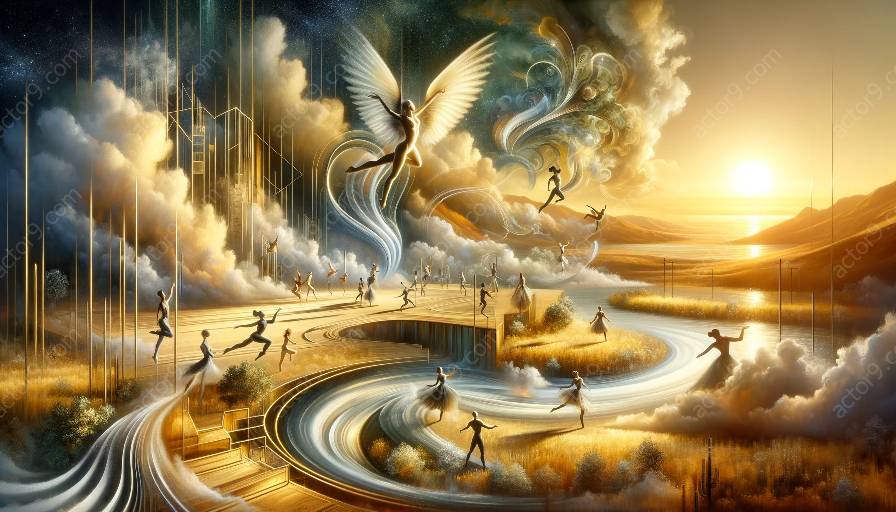The intersection of physical theatre and circus arts opens up a world of possibilities for enhancing ground-based circus acts. By applying physical theatre techniques, a performer can elevate their act beyond mere acrobatics into a captivating and immersive experience for the audience.
Defining Physical Theatre
Physical theatre is a form of performance that emphasizes movement, gesture, and physical expression as the primary means of storytelling. It often integrates dance, mime, and acting to create a dynamic and visually compelling narrative. The focus is on the physical body as the main instrument of communication, allowing performers to convey emotions, intentions, and narratives through movement and expression.
Intersection of Physical Theatre and Circus Arts
The intersection of physical theatre and circus arts offers a rich playground for innovation and creativity. While circus arts traditionally focus on the technical prowess of acrobatics, aerial stunts, and object manipulation, the infusion of physical theatre techniques adds an extra layer of depth and narrative resonance to the performance. This fusion can transform a circus act into a multidimensional experience that engages both the physical and emotional senses of the audience.
Applying Physical Theatre Techniques
Here are some ways in which physical theatre techniques can be effectively applied to ground-based circus acts:
- Character Development: Physical theatre encourages performers to embody distinct characters through movement and expression. By infusing circus acts with well-defined characters, performers can create narratives and emotional connections with the audience, elevating the act beyond mere physical feats.
- Use of Space: Physical theatre often explores the dynamics of space and how it can influence the performance. By incorporating spatial awareness and movement patterns, circus performers can create visually stunning and dynamic displays that draw the audience into the world of the performance.
- Emotional Expression: Physical theatre emphasizes the use of body language and expression to convey a range of emotions. Circus performers can leverage this technique to imbue their acts with depth and meaning, eliciting empathetic responses from the audience and creating a more immersive experience.
- Storytelling through Movement: Physical theatre is adept at using movement as a form of storytelling. By choreographing circus acts with a narrative arc and symbolic gestures, performers can engage the audience on an emotional and intellectual level, adding layers of meaning and depth to the performance.
- Collaborative Performance: Physical theatre often involves ensemble work, where performers interact and respond to each other in a fluid and synchronized manner. Circus acts can benefit from this collaborative approach, creating dynamic interactions between performers that elevate the overall impact of the performance.
Enhancing the Circus Experience
By integrating physical theatre techniques into ground-based circus acts, performers can transcend the purely physical aspects of their performances and delve into the realm of storytelling, emotion, and audience engagement. This not only elevates the artistry of circus performance but also expands the potential for cross-disciplinary collaborations and innovative productions that blur the boundaries between physical theatre and circus arts.




































